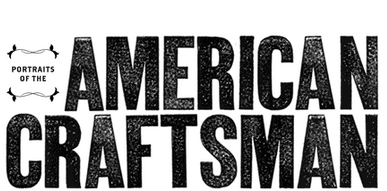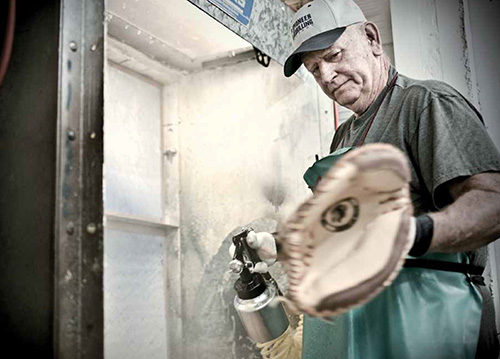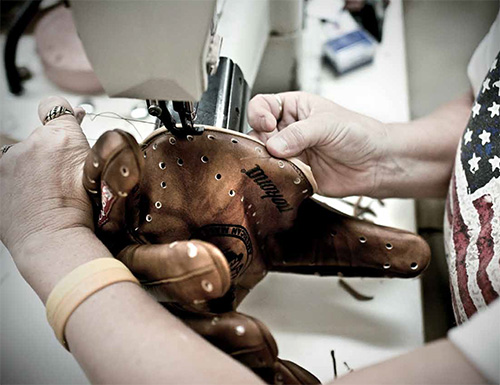Nokona Athletic Goods: the world’s finest baseball glove.
The decision for Rob Storey was both difficult and personal. Nokona Athletic Goods Company, the company that his great- grandfather ran in the 1920s, where his father had worked, and that he now led—would give up its long-standing football line and concentrate on what it had done since 1934: make the world’s finest baseball and softball gloves, bats, and accessories.
Unlike competitors, Nokona had historically resisted the cost savings of overseas production. Storey would not compromise on the idea that everything his small company produced stay American-made.
“If I have to import and send my employees home,” Rob’s father said in the 1960s, “I’d rather go home and go fishing.” Rob Storey felt the same way.
He’d already seen that Nokona could overcome adversity, rebuilding itself after a devastating fire in 2006. Now he was adjusting to the vagaries of the sports-crafts market, and the reality that he had to concentrate on the one thing that differentiates him from his large corporate competitors. “We just needed to make sure it’s first and foremost about quality,” he says.
Since producing that first baseball glove (which can still be found on-site) nearly eighty years ago, Nokona products have been identified as an important piece of America’s story. During World War II the company produced a quarter-million gloves for US
soldiers. Hall of Fame pitcher Nolan Ryan talks about buying his first Nokona as a boy in rural Texas. Even now they’ve affiliated themselves with the US Military All-Star program, providing gloves for its active duty, reservists, veterans, and first responders.
Storey says gloves have changed, and it’s “technically more difficult” to make one now because they’re more intricate. “In the 1970s, people started wanting big gloves, the size of tennis racket heads,” he says. “But a glove should really be an extension of your hand.” This is why Storey, who has coached Little League for twenty-five years, plays catch barehanded with his kids on the first few days of practice.
The process still begins with finding the right leather. Parts of a glove may be from cow hides, but Nokona also uses kangaroo, which is more expensive but softer. They test the leather to make sure there won’t be too much elongation of the grains. They examine different portions of the hides to match the look and feel needed in certain portions of the glove. The glove’s palm usually comes from the backbone of the hide.
“It’s about touch and feel,” Storey says. “You’ve got to visualize that glove, match it to what you have in your hands, cut it, put it on the floor, really examine it. Nine out of ten times, it’s still not right.”
Once the glove is stitched and embroidered, they break it in with hot irons, mallets, and hammers. Getting that right is more art than science. “I call that the ‘three bears’ syndrome,” Storey says. The public used to like a stiff glove, but now they want it to be ready to take in the field that day. Too soft and broken in, though, means it won’t form properly to the user’s hand. It needs to be something in between—just right.
There are plenty of experienced workers at Nokona who instinctively know what “just right” feels like. Many employees have worked there for more than thirty years, a handful more than fifty. Storey himself has been there thirty-three years.
“I’ve never been interested in finding the cheapest labor possible,” he says. “I like working with these people too much. There wouldn’t be a company without them.”






